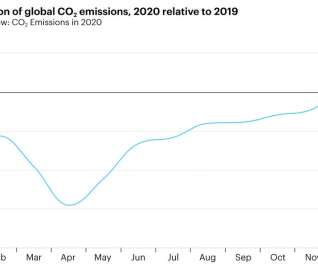Pike Research forecasts surge in investment and growth in advanced biorefineries through 2022
Green Car Congress
SEPTEMBER 22, 2012
In its tally and projections, Pike includes conventional ethanol and biodiesel facilities targeting commodity-based feedstocks, such as corn starch, sugarcane, soy, palm oil, and rapeseed. United States, Brazil, and Europe—at 34.6 BGY of installed capacity worldwide in. Earlier post.).












Let's personalize your content